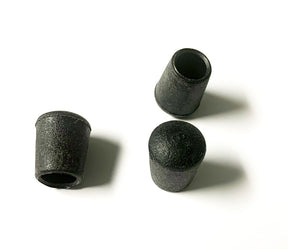1
/
of
1
Louët Lazy Kate Tips (8mm)
Louët Lazy Kate Tips (8mm)
Regular price
$6.00
Regular price
Sale price
$6.00
Unit price
/
per
Ships Separately
Only 1 left
Special Order Details
Special Order Details
This item is final sale and may be excluded from promotional discounts at checkout. This item ships separately from other items in your order and may incur additional shipping fees once your order is processed. We will contact you to confirm any additional specifications, fees, or delivery requirements if needed. Delivery times vary by manufacturer, we can provide you with an ETA upon request. We’re glad to help with your selection - please see FAQs or contact us with any questions!
Item number: #65610060


